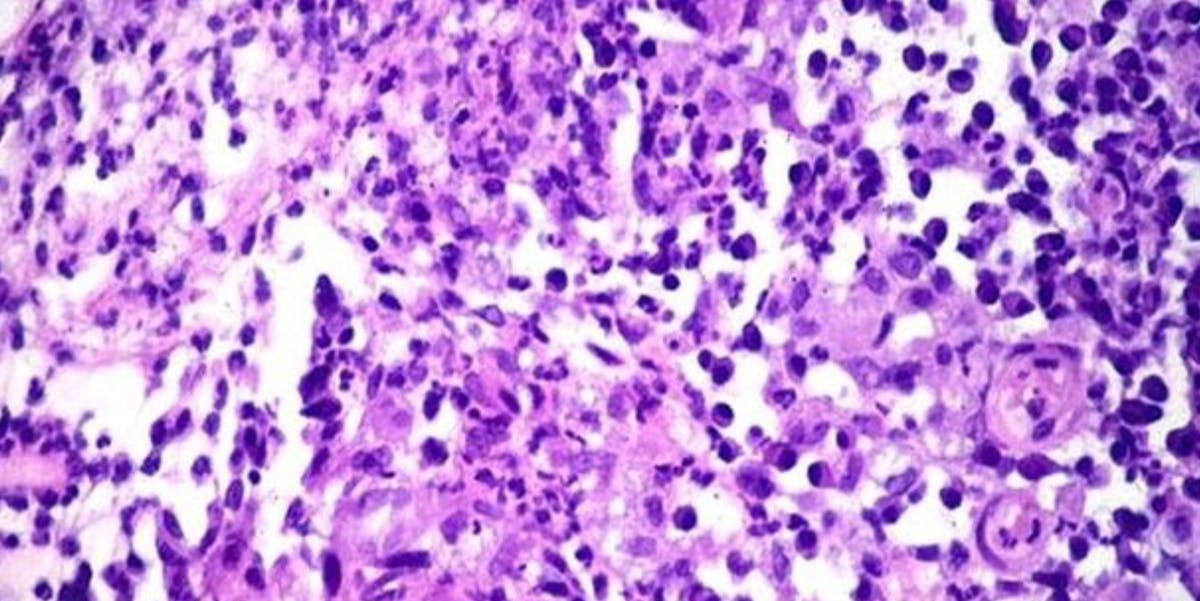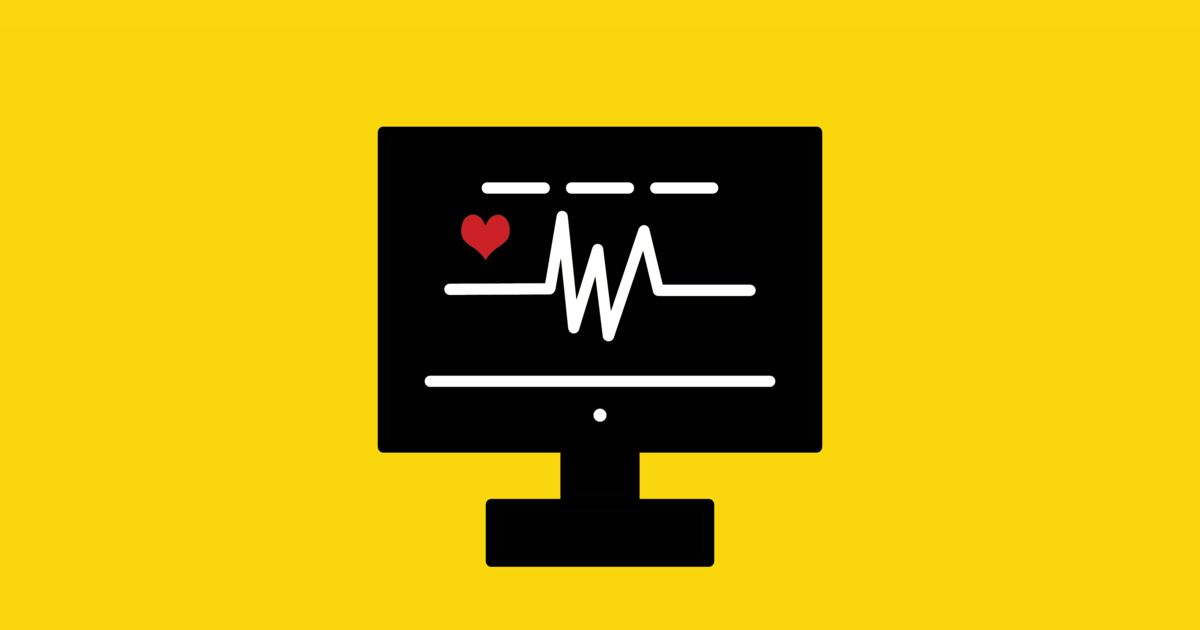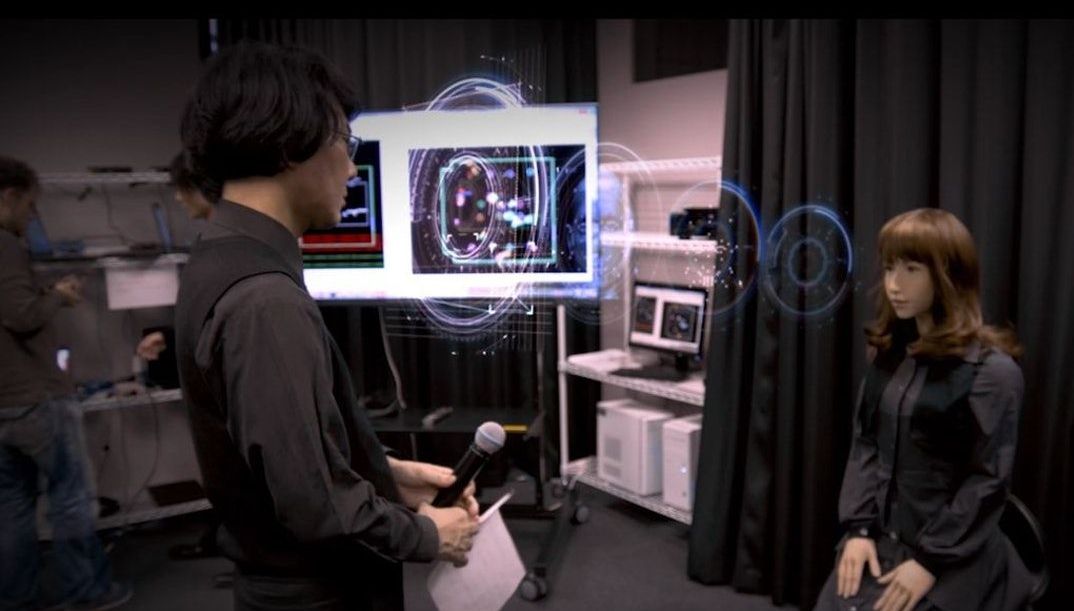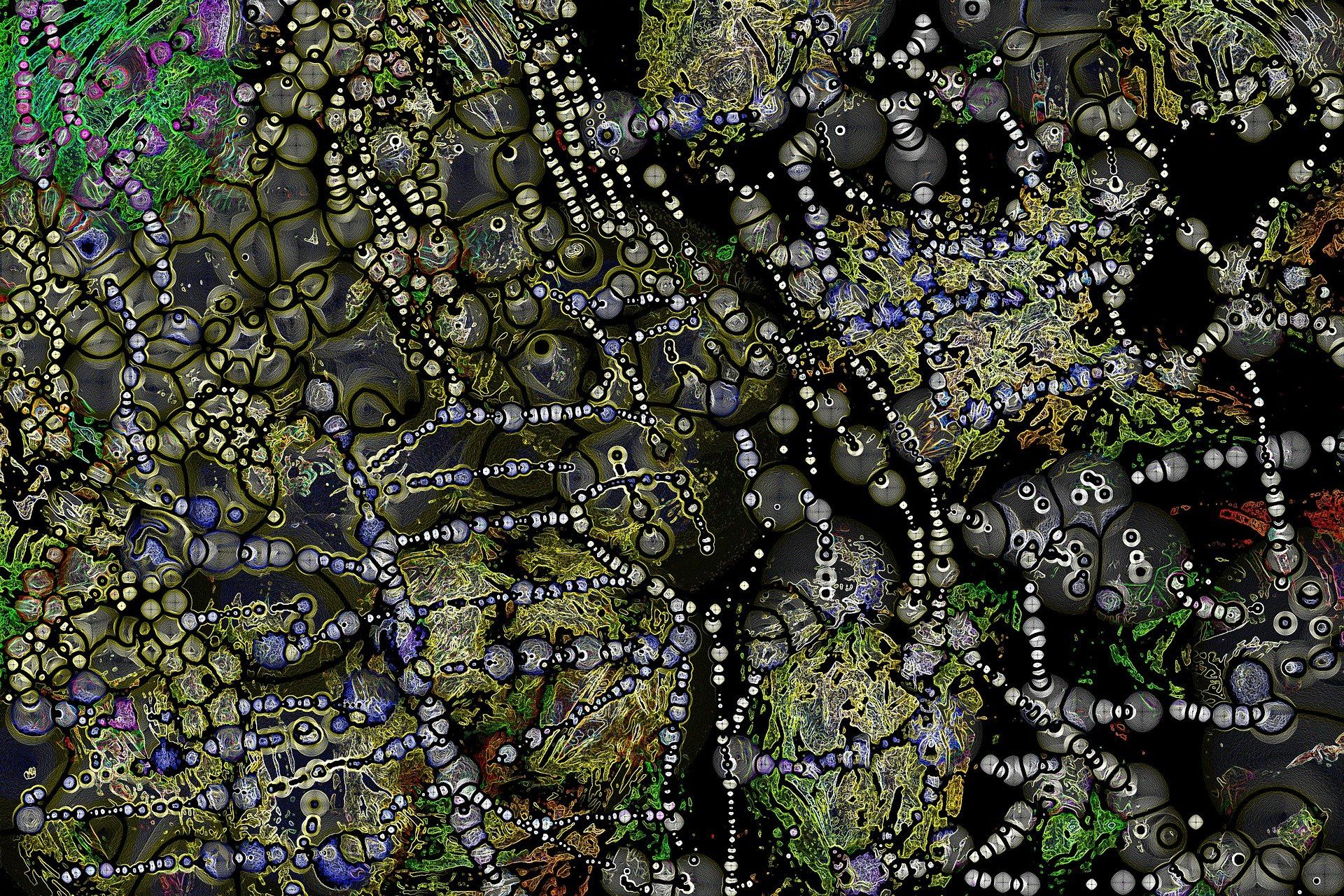But when it comes to STDs, it’s really the least of your worries.




“The big problem is that hospitals don’t buy new devices, and they keep using really dangerous ones ad infinitum — until they just stop working,” Corman said.
Corman wants these old, unsecured devices gone from hospitals. The fear is that, beyond freezing systems or hijacking medical records as they did during WannaCry, hackers could also actively manipulate medical equipment to harm patients by, say, administering a lethal dose of medication via an infusion pump. While newer devices aren’t ironclad, they are typically built with more robust security features. So Corman and others are urging health-care providers to scrap old, or “legacy,” equipment and replace it with newer models.
To nudge health-care providers to trade up, he’s put forth an idea for an incentive program akin to “Cash for Clunkers,” the 2009 federal auto-rebate plan that aimed to run gas-guzzling cars off the road. Under that program, which was formally called the Car Allowance Rebate System, people received cash in exchange for turning in fuel-inefficient vehicles, which they could then put toward new, more efficient ones. (The program fizzled after a few months, when it depleted its allotted budget.) Similarly, in this version, health-care providers would be compensated for junking old equipment, and could use the rebates toward the purchase of new devices. Corman said he hasn’t fully worked out the economics, but he believes device makers might be willing to subsidize the program in part, since it would help them move inventory.
Our ultimate mission is to make 100 years old the new 60.”
A new exploration of stem cells from placentas could drastically advance regenerative medicine. Peter Diamandis, X-Prize and Singularity University founder, recently teamed up with Robert Hariri, the founder of Celgene Cellular Therapeutics, to study these specific stem cells in the hopes of discovering new regenerative therapies.
The initiative, called Celularity, is built around the idea that stem cells found in the human placenta (which transports nutrients to fetuses as they grow) are ideal for regenerating tissue and organs. According to Celularity, the cells can be taken from any placenta, which typically just gets discarded, and placed into any human without the risk of rejection.
Scientists have developed artificial blood!
On an early spring morning, a humming drone hovered over a small town in Bahia, Brazil. Three hundred feet above ground, a small canister clicked open, ejecting its contents into the mouth of the release mechanism below. For a moment, there was silence. Then, a swarm of mosquitoes, freshly awoken from icy slumber, stretched their wings and took flight.
Each specimen was male, single and ready to mingle—and if all went as planned, the buzzing horde of eager virgins would steadily infiltrate the local mosquito population, coupling up with thousands of lucky ladies in the days to come.
Considering that there are about 100 species of mosquito that carrying deadly human pathogens—including parasites that cause malaria, as well as Zika, dengue and West Nile viruses—this may sound like the horrifying start to an apocalyptic science fiction film à la Outbreak. But it’s quite the opposite: The mosquitoes unleashed in this experiment may be some of the best weapons against the spread of infectious disease.
This years paper that Mark Waser and I did covering our research published by BICA 2018 yesterday with a special thanks to Dr. Jordan from the medical facility in Salt Lake to help with the ‘medical’ related elements of this study, titled:
Feasibility study and practical applications using independent core observer model AGI systems for behavioral modification in recalcitrant populations.
This paper articulates the results of a feasibility study and potential impact of the theoretical usage and application of an Independent Core Observer Model (ICOM) based Artificial General Intelligence (AGI) system and demonstrates the basis for why similar systems are well adapted to manage soft behaviors and judgements, in place of human judgement, ensuring compliance in recalcitrant populations. Such ICOM-based systems may prove able to enforce safer standards, ethical behaviors and moral thinking in human populations where behavioral modifications are desired. This preliminary research shows that such a system is not just possible but has a lot of far-reaching implications, including actually working. This study shows that this is feasible and could be done and would work from a strictly medical standpoint. Details around implementation, management and control on an individual basis make this approach an easy initial application of ICOM based systems in human populations; as well as introduce certain considerations, including severe ethical concerns.

An early moment in the new documentary Do You Trust This Computer? is actually a shot from the Terminator franchise. Human skulls and bones rest among dust and ashes as the robotic soldiers of Skynet march through the remains of an apocalyptic war. What happens between humans and robots in the Terminator films, or other sci-fi movies like The Matrix, War Games, and Ex Machina, might feel like the far away future, but Do You Trust This Computer? suggests that that’s not the case. In fact, the doc implies that we’re much closer to sentient robots walking the Earth than we think – only they may not look exactly like we’ve always imagined, and we are woefully unprepared for the consequences of their consciousness.
Directed by Chris Paine, Do You Trust This Computer? (now playing in New York and available on VOD) explores the role of artificial intelligence in our everyday lives. The film features interviews with some of today’s top AI experts, theorists, professors, and scientists, such as Elon Musk, Westworld creator Jonathan Nolan, and futurist Ray Kurtzwiel. While some people — predominantly those on the side of tech and invention companies — think that AI can help better humanity, most of the others interviewed suggest that we’re on the cusp of something potentially world-ending. As such, the doc offers up a vision of the real near-future that is as fascinating as it is terrifying.
So, what exactly do we have to be so afraid of? After all, there’s plenty of potential good that can come from advancements in AI. Self-driving cars could potentially prevent crashes and save millions of lives around the world; robotics in the medical field can find ailments faster; surgical machines can go where human hands cannot. But automation can also lead to major job loss, the film suggests. Much like the industrial revolution put many humans out of work, so too will robotics. Just take Baxter, an industrial robot, who costs the same amount as one minimum wage worker would in a year, but lasts much longer and can do the work of three people, since he doesn’t need to eat, sleep, or take breaks. Everyone from long-haul drivers and taxi drivers to data entry workers to those in white-collar industries like business, journalism, and medicine will be affected.

Scientists have identified the cause of outbreaks of enterovirus, one of the most prevalent types of virus in the world.
The findings, from researchers at Imperial College London and published in the journal Science, may help the public and healthcare workers prepare for an outbreak up to two years before it occurs.
The work, funded by the Wellcome Trust, has shown for the first time that the frequency of enterovirus outbreaks over time are linked to birth rates.